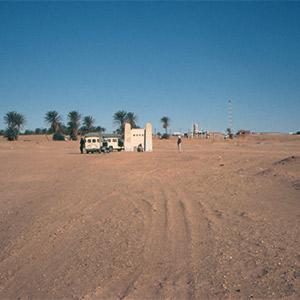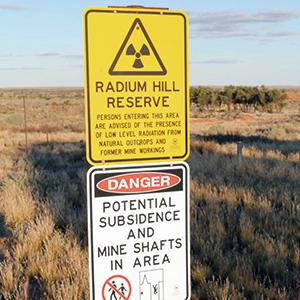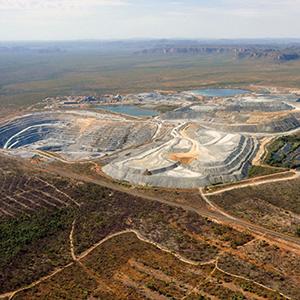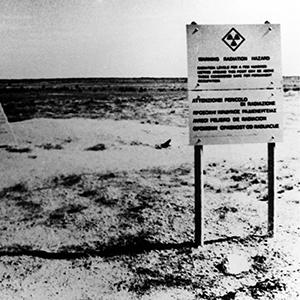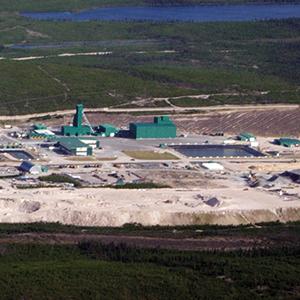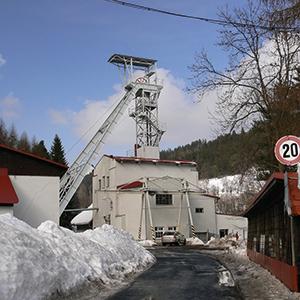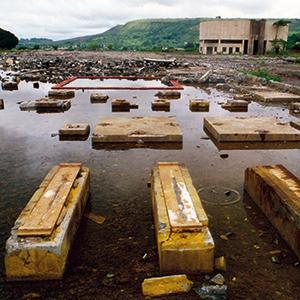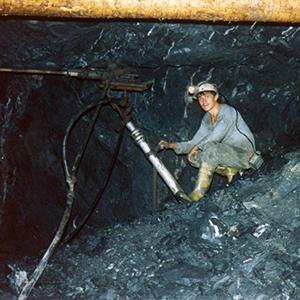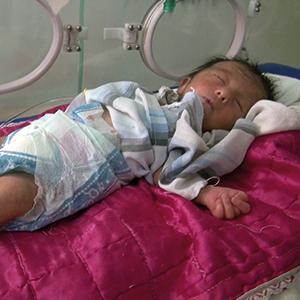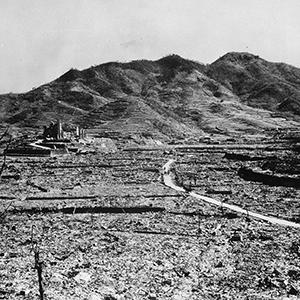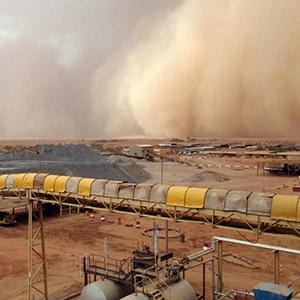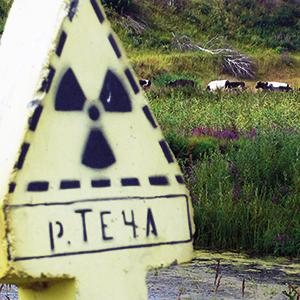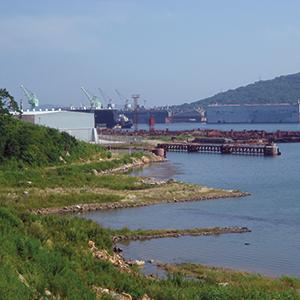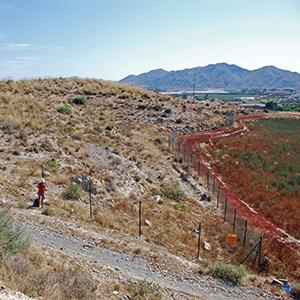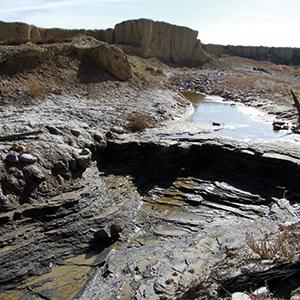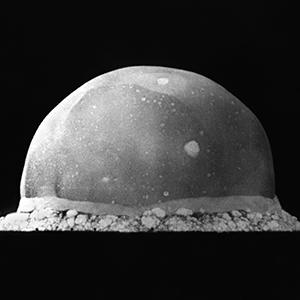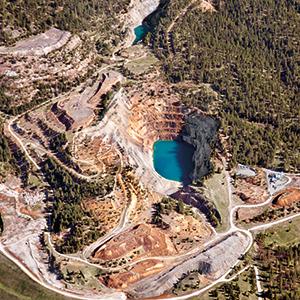Goiânia, Brazil

The accident in September 1987 in Goiânia was one of the most serious radiation accidents in history. The opening of a radiotherapy machine containing cesium-137 led to the direct irradiation of 249 people. Four people died a short time later; at least 21 suffered severe external radiation damage. The long-term effects of the accident were never examined. Decontamination of the affected neighborhoods was only performed superficially.
Photo: Of the 112,800 people who were screened for radioactive contamination, a total of 239 people were found to have been irradiated externally and at least 129 persons internally. Cesium-137 had been spread over a large area by wind and rain and carried as far away as 100 km by commuters. © Karen Kasmauski/Corbis
History
On the afternoon of September 29, 1987, two thieves stole a cesium-137 (Cs-137) radiation therapy device from an abandoned clinic in Goiânia, Brazil. After removing the radioactive Cs-137 source from its lead casing, they took the capsule with the fluorescent blue powder home with them. The direct radiation gave the two men severe burns, which they did not immediately associate with the powder. After showing the capsule with its glowing content to friends and relatives, some of whom painted blue crosses on their shirts or used the powder as fluorescent makeup, they sold the capsule to a scrap dealer.
In the course of the following days, the people who had come into contact with the powder began to fall ill, presenting with diarrhea, vomiting and faintness. The wife of the scrap dealer eventually suspected the mysterious blue powder to be the cause of these symptoms and brought it to a local hospital. Doctors there were able to identify the radioactive nature of the substance and a large-scale screening operation of the local population was initiated. With large parts of the city contaminated, people had to be evacuated to the local stadium and more than 3,500 m³ of radioactive material had to be disposed of.
Health and environmental effects
Thorough examinations determined that the radioactive substance had been spread over a large area by wind and rain. Cs-137 contamination was found as far away as 100 km from Goiânia, probably brought there by commuters from the capital. Decontamination began in November 1987. Houses were demolished, whole streets and squares decontaminated, soil removed and the ground hastily covered with concrete to seal off the remaining radiation. A study performed in 2001 still found increased activity levels 10 to 40 cm below the surface, questioning the effectiveness of initial decontamination efforts.
Of the 112,800 people who were screened for radioactive contamination, 239 were found to have been irradiated externally and at least 129 internally – mainly through inhalation and ingestion of the radioactive powder. The number of undetected cases was probably much higher. The estimated dose equivalent of the casualties ranged between several Millisievert to 7 Sievert (Sv). Doses of more than 1 Sv can lead to acute radiation sickness. An exposure of 5 Sv usually leads to death in half of the patients; 10 Sv is considered a fatal dose. In the Goiânia incident, a total of 49 people had to be hospitalized; 21 required intensive medical care. Physicians tried to increase elimination of Cs-137 through induced perspiration, administration of Prussian Blue and diuretics. Still, four people died, including the niece of the scrap dealer who had eaten small quantities of the powder and had received an estimated dose of 6 Sv. Her coffin had to be isolated by lead and concrete.
Outlook
The Goiânia incident teaches us a bitter lesson about the effects of radioactive contamination in a modern metropolitan setting. The medical histories of the contaminated patients offered new insights into the effects of radioactivity on the human body and it is regrettable that long-term follow-ups of this population were never published so that the true extent of the health effects may never be known. Based on the experiences of Chernobyl, Hiroshima and Nagasaki, we can assume that a number of excess cancer cases will have been caused by radioactive contamination and that even more will develop in the future.
Today, indeterminable amounts of Cs-137 continue to seep into groundwater supplies from the contaminated soil underneath the concrete. As for the tons of radioactive trash, it will have to be continually stored in safe lead containers for more than 180 years. This is how long it takes for cesium-137 to go through six half-lives. In many ways, other regions and Hibakusha around the world can draw useful lessons from the disaster in Goiânia, especially regarding the inadequacy of decontamination efforts and the missing long-term follow-up of the exposed population.
References
- Amaral et al. “Distribution of 137Cs in soils due to the Goiânia accident and decisions for remedial action during the recovery phase.” Health Phys. 1991 Jan;60(1):91-8. www.ncbi.nlm.nih.gov/pubmed/1983991
- Facure et al. “Remains of 137Cs contamination in the city of Goiânia, Brazil.” Radiat Prot Dosimetry. 2001; 95(2):165-71. www.ncbi.nlm.nih.gov/pubmed/11572645
- International Atomic Energy Agency (IAEA). “The Radiological Accident in Goiânia.” Vienna,1988. www-pub.iaea.org/MTCD/publications/PDF/Pub815_web.pdf







